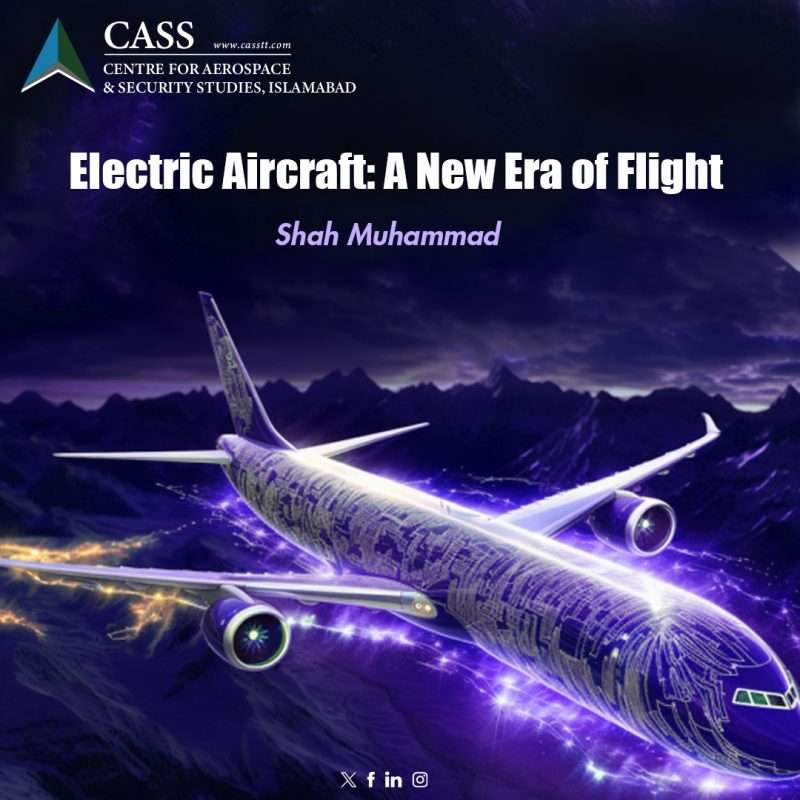Green innovation is making inroads into the aviation industry, transitioning from traditional fossil fuel engines to innovative hybrid and fully electric models. The DA36 E-Star 2, unveiled at the 2013 Paris Air Show, marked a significant development as the world’s first serial hybrid electric aircraft, showcasing the potential of hybrid technology for commercial use. Building on this progress, Swedish company Heart Aerospace has been working on its ES-30 which claims to have zero CO2 emissions on short routes and the ability to fly 30 passengers from smaller airports due to its short runway requirement and offers a 200km all-electric range, and up to 800km hybrid range. However, while fully electric propulsion is viable for smaller aircraft, it falls short for larger airliners like the Airbus A320 due to battery limitations. Airbus has been exploring liquid hydrogen as an alternative fuel but sees hybrid power as a quicker solution to cut emissions. This approach would use auxiliary batteries to support traditional jet engines, with electric motors providing additional thrust during specific phases like engine idling on descent.
More recently, the fully electric aircraft (e-aircraft), driven solely by electric engines and powered by advanced rechargeable batteries, are emerging as a transformative force. These e-aircraft offer potentially lower carbon emissions, operational costs, and noise pollution, making them a financially and environmentally viable alternative to traditional models. The Velis Electro, certified by the European Union Aviation Safety Agency (EASA) in 2020, is the world’s first certified fully electric training aircraft with a E-811 liquid-cooled electric engine that generates 57.6 kW power, having an on-board as well as external charging port. Meanwhile, the world’s first fully electric nine-seater passenger aircraft ‘Alice’, still pending certification, can cruise to up to 250 miles powered by two magni650 electric engines, with each yielding an output of around 700kW.
Studies suggest that the e-aircraft could significantly decrease emissions and enhance energy efficiency, promising substantial environmental and financial benefits to the aviation sector.. For instance, Diamond Aircraft’s DA36 has the potential to cut emissions and fuel consumption by 25%. Similarly, Elysian’s E9X is estimated to reduce the carbon footprint by 75% to 90% as compared to existing narrow-body aircraft. Another study has revealed that e-aircraft can be 2.1 to 3.2 times more energy-efficient than fossil-fuelled aircraft.
On the other hand, development of e-aircraft continues to be constrained by some enduring challenges. As an evolving technology, the safety of e-aircraft remains under continual scrutiny. During ground-based testing in 2020, ‘Alice’ caught fire due to overheating of its lithium-ion batteries. Lightning strikes are another area of concern that may damage electric components of aircraft such as batteries and motors. Advancements in battery technology notwithstanding, existing batteries also have 50 times less energy storage than that of conventional jet fuel. This energy gap is too big to be filled in a few years. The slow certification process for e-aircraft, compounded by incomplete regulatory frameworks, are also major barriers. Protracted certification processes could deter companies from committing substantial investments to these ventures. Furthermore, insufficient growth in charging infrastructure is also a considerable hurdle to reckon with as airport authorities are hesitant to install charging stations given inadequate e-aircraft activity.
As a way forward, these hurdles can be minimised through a set of technological, regulatory and infrastructural measures. Safety may be enhanced through adequate flight testing and simulations to identify potential vulnerabilities and pre-empt failures. Additionally, advanced metallic materials may be preferred in manufacturing as these significantly diminish the aircraft’s susceptibility to lightning strikes. Enhanced Research and Development, coupled with robust Public-Private Partnerships (PPPs), could lead to batteries with higher energy density, thereby increasing the range, payload capacity, and airworthiness of electric flights. Governments could also collaborate with aerospace companies and aviation experts to accelerate development of regulatory frameworks and standardisation protocols for e-aircraft. This could help streamline certification processes. Additionally, the aviation sector might develop a strategic charging network focused on short-haul routes, where e-aircraft are more feasible, enhancing operational viability.
To conclude, e-aircraft has the potential to transform air travel and contribute to the global objective of achieving net-zero emissions by 2050. While challenges exist, they can be mitigated to enhance the viability of electric flight. Nevertheless, it is important to point out that the shift to green aviation may progressively be helmed by hybrid aircraft followed by fully electric models.
Shah Muhammad is a Research Assistant at the Centre for Aerospace & Security Studies (CASS) in Islamabad, Pakistan. He can be reached at [email protected].





